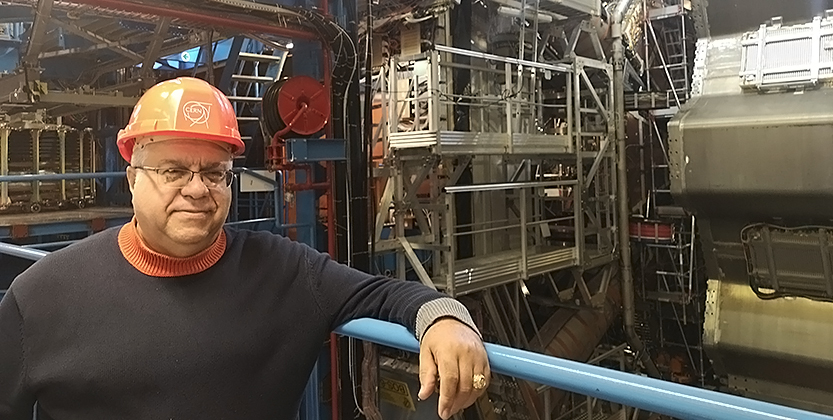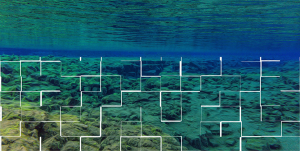High Energy Physics researchers and the mobility industry face similar challenges while both share Real-Time Analysis (RTA) as a solution. The Large Hydron Collider /CERN produces over 1 megabyte of data every time there is a collision. Currently, there are about 40 million collisions a second while in the future with the HL-LHC this rate is expected to increase to 200 million collisions per second. So, when people refer to the data challenge at the LHC is not easy for everyone to realize how big this problem is. It is effectively the largest big-data challenge in the world.
In early January 2023, XIMANTIS CTO visited CERN for a meeting with the designated EU official for project SMARTHEP having the ambition to address those challenges. XIMANTIS will collaborate on 3 ground breaking projects with CERN, Sorbonne University, TU Dortmund and Lund University among others. These projects will impact the Run-3 work on three out of the four main detectors at CERN: ALICE, ATLAS and LHCb, so that physicists can explore new territory in terms of matter, energy and space.
The 3 projects have been broadly defined as follows:
- Real Time Analysis on heterogeneous architectures: researchers will focus on CPU, GPU and FPGA aspects for the Large Hydron Collider and self-driving cars and subsequently applied to the specific problems of the LHCb and ATLAS real-time data-processing architectures.
- Machine Learning for Real Time Analysis of Lepton Flavour Violation in neutral meson decays and unflavoured meson decays in the LHCb Run-3 data and traffic predictions: researchers will work with XIMANTIS to receive training on best practices in ML and AI and to gain hands-on experience optimizing ML algorithms for traffic prediction applications. This additional industrial experience and training will allow them to gain perspective on what kinds of methods are best suited to different types of the real-time problems they face.
- Real-time calibration of ALICE Time Projection Chamber and ML traffic predictions: researchers will study and commission the ALICE Time Projection Chamber (TPC) detector, learn about machine learning through a secondment at XIMANTIS. The subtraction of noise at the earliest possible stage for future developments of the generated algorithms will benefit from an internship at XIMANTIS to work on hybrid systems (e.g. Convolutional Neural Network coupled to differential equations models) which can capture features in different dimensionalities (e.g. space and time for traffic monitoring and forecasting, position and timing of noise in the detector) to perform physics analysis of data from the ALICE detector at CERN.
About LHCb
The Large Hydron Collider beauty (LHCb) experiment specializes in investigating the slight differences between matter and antimatter by studying a type of particle called “beauty quark” or “b quark”. The LHCb experiment will shed light on why we live in a universe that appears to be composed almost entirely of matter and no antimatter. More than 1200 people from 79 institutions in 18 countries make up the LHCb collaboration.
About ATLAS
ATLAS is a general-purpose particle detector searching for new physics at the high-energy frontier and pushing the limits of scientific knowledge. ATLAS physicists are looking for answers to fundamental questions: What are the basic building blocks of matter? What are the fundamental forces of nature? What is dark matter made of? ATLAS is the largest detector ever constructed for a particle collider, measuring 46 meters in length and 25 meters in diameter. More than 5500 people from 183 institutions in 38 countries work on the ATLAS experiment.
About ALICE
ALICE (A Large Ion Collider Experiment) is a heavy-ion detector designed to study the physics of strongly interacting matter at extreme energy densities, where a phase of matter called quark-gluon plasma forms. The collaboration has more than 1900 members from 175 institutes in 40 countries.





